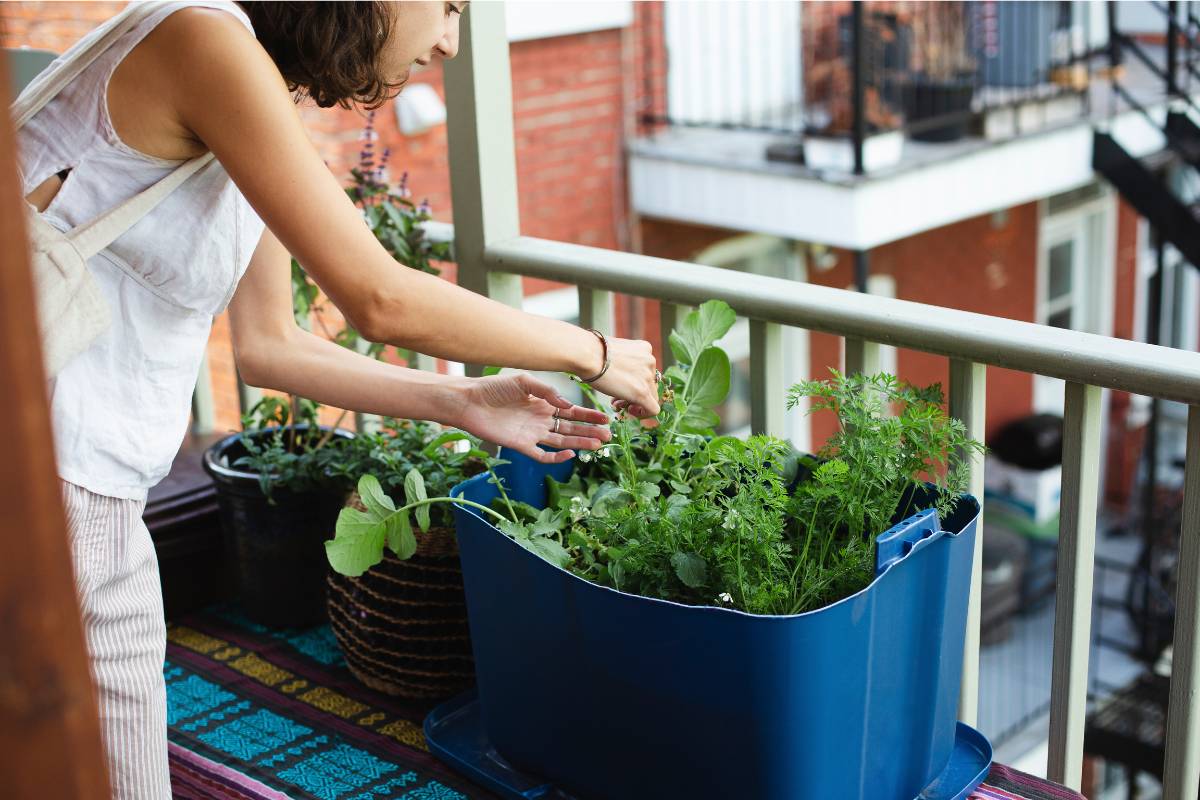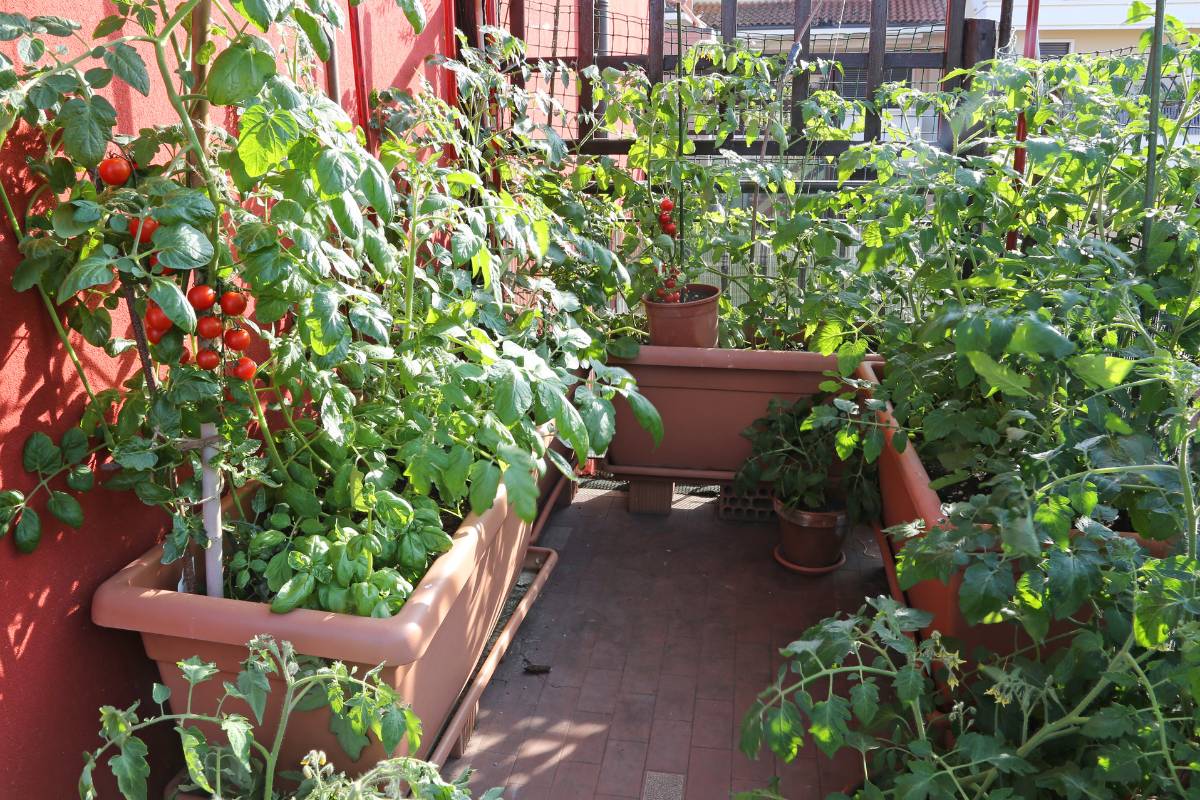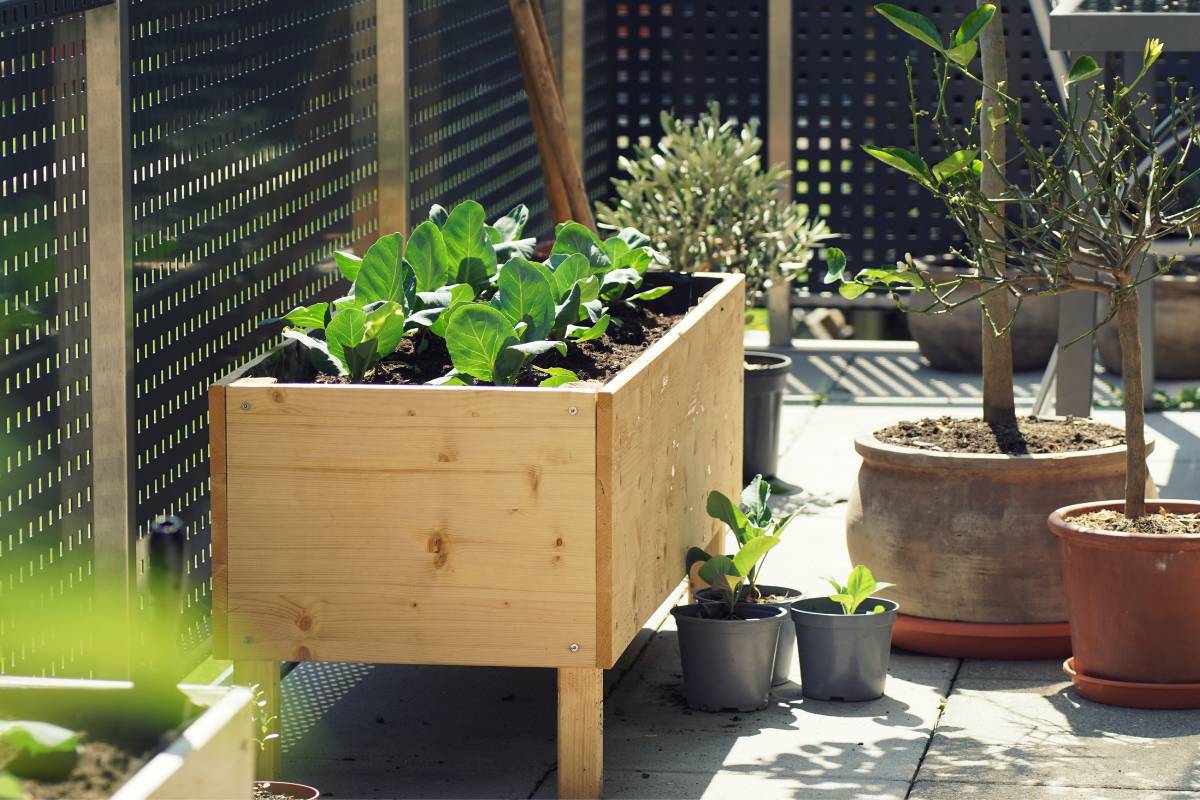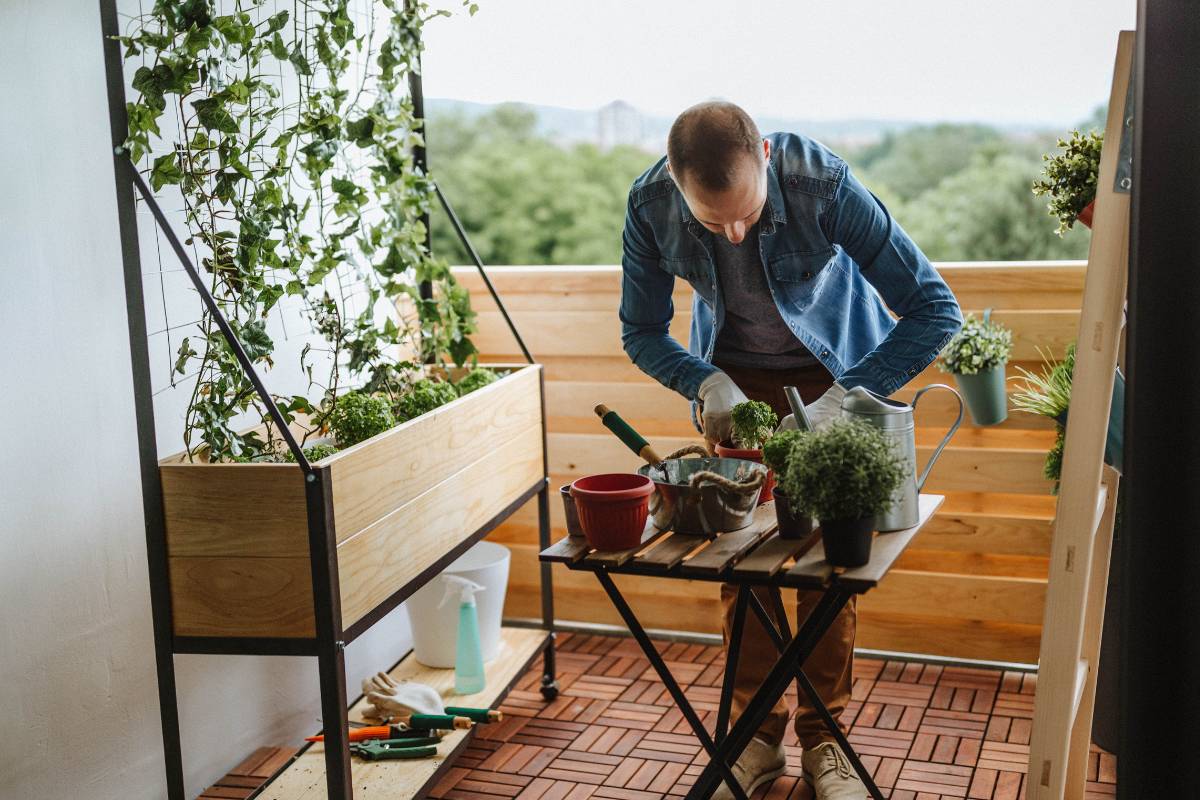Living in an urban environment doesn't mean you can't enjoy the benefits of gardening. Even if you have limited outdoor space, you can still create a natural oasis on your balcony.
Growing plants on a balcony is often more challenging than growing at ground level, but by understanding the environment and putting some time and thought into planning you can have a thriving apartment garden. Read on to find out what’s involved.
Site Assessment
The first step when creating a balcony gardening is to assess your site. The conditions on a balcony are different to a suburban backyard, with wind, heat and sunlight all amplified by hard reflective surfaces and altitude. It’s worth spending some time observing the conditions on your balcony, as well as thinking about how you’d like the space to look.
First, consider how you’re planning to use your balcony garden. Do you need to include a space to sit, a BBQ or even a worm farm? Are you more interested in a productive veggie patch or greenery and flowers? Is your outlook an attractive view, or do you need screening to gain privacy from neighbours and passersby?
Also consider elements you may want to hide, such as unsightly vents and air conditioning units. Containers can be placed to screen these elements, but allow plenty of room for cooling units, exhaust fans and other pipes to vent properly.
Once you have a basic idea of what you want from your space, there are three elements to assess that each have a major impact on how your balcony garden will grow: wind, heat and sunlight.
Wind
Wind is a major factor to consider when gardening on a balcony. It is hotter and stronger than at ground level, and it can also swirl in gusts up and around buildings. Wind dries plants and soil very quickly, and plants respond to windy environments by growing smaller, thinner leaves. The wind can also stunt the overall growth of plants, and strong gusts can break stems and topple pots.
Assess different areas on your balcony to determine whether it’s exposed to strong winds. If so, are there are some areas that are less breezy than others? The microclimates in sheltered corners are often the best places to place pots and containers.
Heat
Balconies are often hotter and dryer than gardens at ground level. Concrete, hard surfaces and rooftops all reflect heat, creating conditions more akin to a desert than a lush jungle. Heat can warm and dessicate soil, literally baking plants’ roots, or dehydrate the above-ground parts of plants. Soil in small, dark coloured containers and woodland plants are especially at risk, but a single sweltering day can dry out even the largest pot or toughest plant.
Sunlight
Monitor where the sun hits your balcony at different times of day and in different seasons. Because of the lack of trees nearby, sunlight on balconies tends to be either full sun or full shade, with not much in-between. South facing balconies that are in full shade for all or most of the day can be especially challenging. Shady balconies are not suited for growing sun loving vegetables so stick to leafy greens and herbs. In extreme cases the choice of suitable plants might be limited to shade-loving houseplants.
In contrast, north-facing balconies can be blasted by full sun for most of the day, which is reflected and amplified by the surrounding buildings. In these conditions leafy vegetables and herbs may suffer from leaf burn and wilting. A screen or cover of shadecloth may be required to protect plants from direct sunlight, and plants will need frequent watering. Using self-watering pots or water storing granules can help to keep moisture in the soil.
Getting Started
When you have assessed your site it's time to get everything you’ll need to set up your garden. Transporting the soil, pots, plants, and other materials can be challenging, so choose large lightweight pots and buy bagged potting mix rather than ordering in bulk. You'll also need a trowel, snips or secateurs, stakes, ties and fertiliser (liquid or slow release).
Think about how you will store your gardening equipment as well. Having a tub or small cupboard is a good way to keep gardening supplies organised and tidy. A waterproof potting mat is a useful addition to your gardening equipment as it can contain water and loose soil, making the job of cleaning up after potting plants easier.
Containers and Soil
Large lightweight containers and planters are good choices for balconies as they have a larger soil volume, making them less susceptible to drying out or heating up. They are also less likely to be knocked over by strong winds.
When it comes to soil, use a good quality potting mix with slow-release fertilizer. If your soil dries out quickly, consider adding water storing granules, which can extend the time between watering.
Finally, don't forget to enjoy the process of balcony gardening. It can be a rewarding way to connect with nature and enjoy a small patch of greenery in an urban environment. With a little planning and preparation, you can successfully grow a variety of plants on your balcony and enjoy the beauty and benefits of gardening in a small space. Happy gardening!









